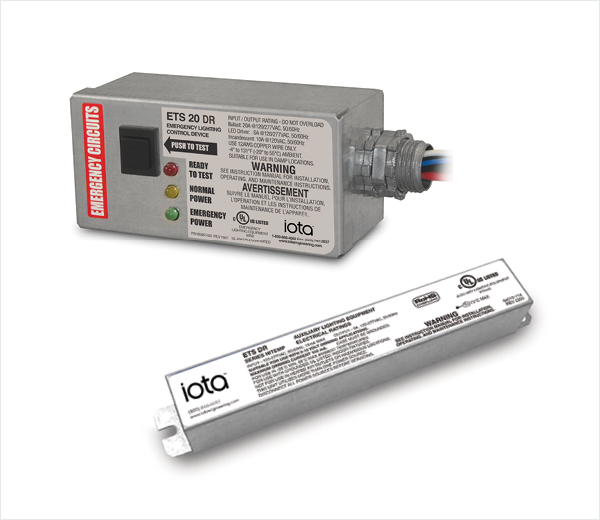For When Lighting Matters Most
Every space is unique but the goal of emergency lighting remains the same … to provide a safely lit environment for occupants for when it matters most.
IOTA delivers the technology to power your emergency and egress lighting.
- Life safety code requirements including levels and duration of illumination, and means of regular testing of system readiness.
- Design requirements from embedded solutions for luminaires to field installable and remote solutions, for indoor, outdoor and harsh environments.
- Lifecycle requirements from design to emergency lighting upgrades and field servicing.
Choose Powerful Solutions by IOTA

Use energy-saving controls on egress lighting without compromising performance.








